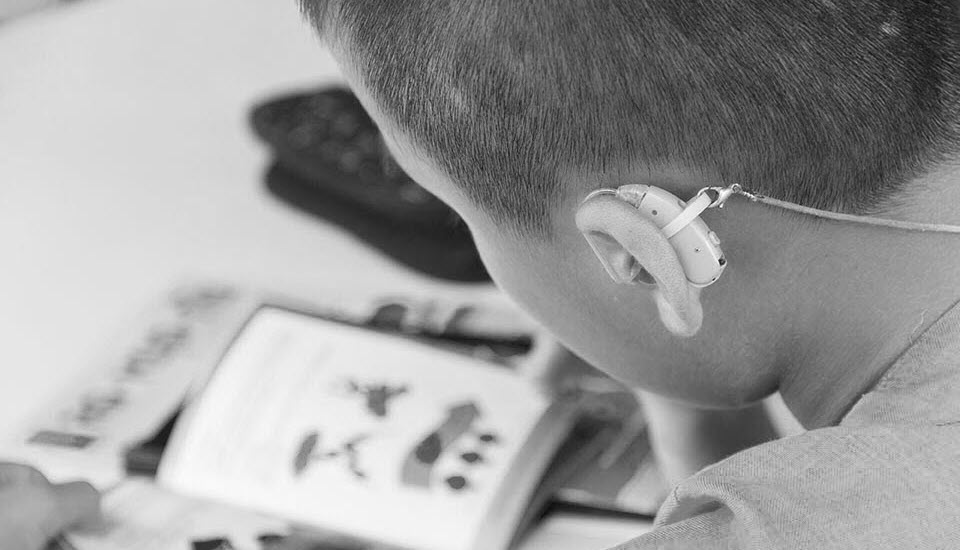As part of eLaHub’s mission to ‘make accessible and inclusive learning – as the default’ we want to help you find out how to get started with eLearning accessibility. Our original resources pages eventually led to our book and training programme, but this section is still a great source of information. We hope it helps you make those first steps to developing more accessible and inclusive learning content.

Getting started
To find out why accessibility is important in learning content start with our Why? Who? and How?resources.

While more and more people are becoming convinced of the need to make all learning content accessible as the default, there is still much more that needs to be done. This page offers a brief overview of the case for digital accessibility and how it can benefit everyone.
A common misconception about accessibility is that it primarily caters for people with visual impairments. Yet there are whole range of disabilities and impairments to be aware of. This page gives some examples of the four different categories of disability which are generally used for digital accessibility.


When you’re new to eLearning accessibility, it can feel overwhelming. This can often be because there are a range of different access needs to be aware of. We have grouped disabilities into the four categories most commonly used for digital accessibility and given you some key requirements for accommodating each of them in your learning content.
Implementing the Web Content Accessibility Guidelines (WCAG)
Making your content accessible to help people with a range of access needs and to meet legal requirements means understanding and implementing the WCAG standards. Find out how to get started with eLearning accessibility using our 15 helpful instruction pages full of examples, tips and useful resources.
WCAG Level A standards are the basic criteria you need to meet, to make your eLearning accessible and to comply with accessibility legislation. On this page we show you how to meet 5 of the 30 Level A standards in your learning content.


WCAG Level AA standards are the intermediate criteria you need to meet to make your eLearning accessible, and to comply with accessibility legislation. On this page we show you how to meet 5 of the 20 Level AA standards in your learning content.
This page contains 5 advisory recommendations which will improve the accessibility and usability of your learning content but which might not be WCAG A or AA criteria. They come from a variety of sources. Some are WCAG AAA standards and some are from other agencies such as the British Dyslexia Association or GOV.UK etc.

Ready to take the next step?
Find out more about the training solutions we offer.
Find out how to meet all of the 78 WCAG standards in our Designing Accessible Learning Content book.



Recent Comments